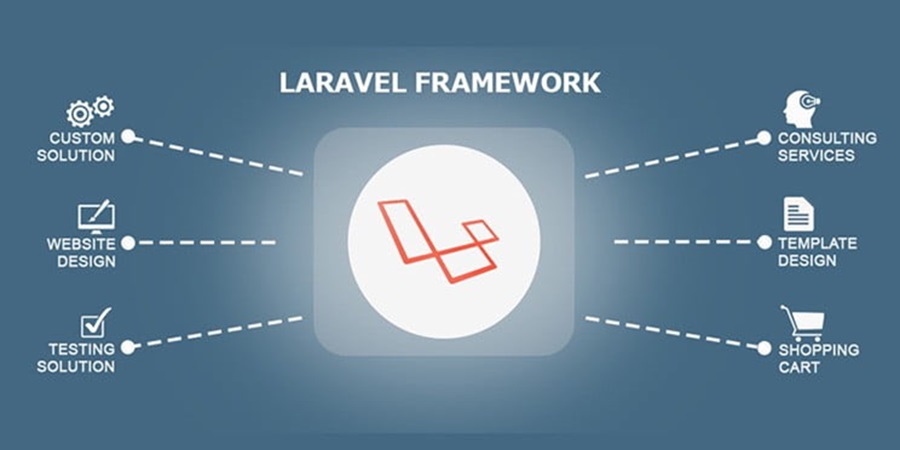In the world of web development, Laravel has emerged as a powerful and elegant PHP framework that allows developers to build robust and scalable web applications. Known for its expressive syntax, developer-friendly tools, and extensive documentation, Laravel has become a go-to choice for building awesome websites. In this tutorial, we will explore the key steps and best practices for creating a feature-rich website using Laravel.
Table of Contents
- Building Awesome Websites with Laravel
- 3. Creating Models, Views, and Controllers
- 4. Routing in Laravel
- 5. User Authentication
- 6. Middleware
- 7. Form Handling and Validation
- 8. Working with Blade Templates
- 9. Frontend with Laravel Mix
- 10. API Development
- 11. Testing in Laravel
- 12. Optimizing Performance
- 13. Security Best Practices
- 14. Deployment
- 15. Monitoring and Logging








Leave A Comment
You must be logged in to post a comment.